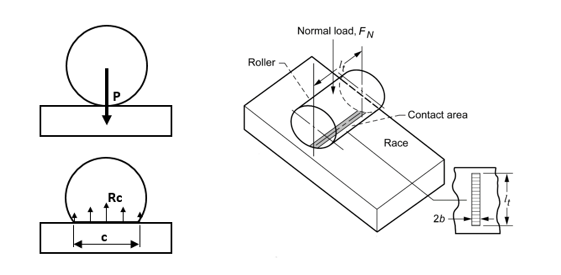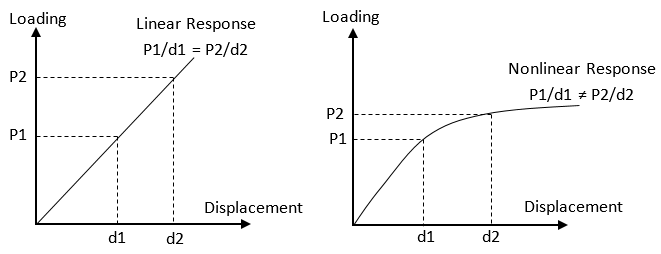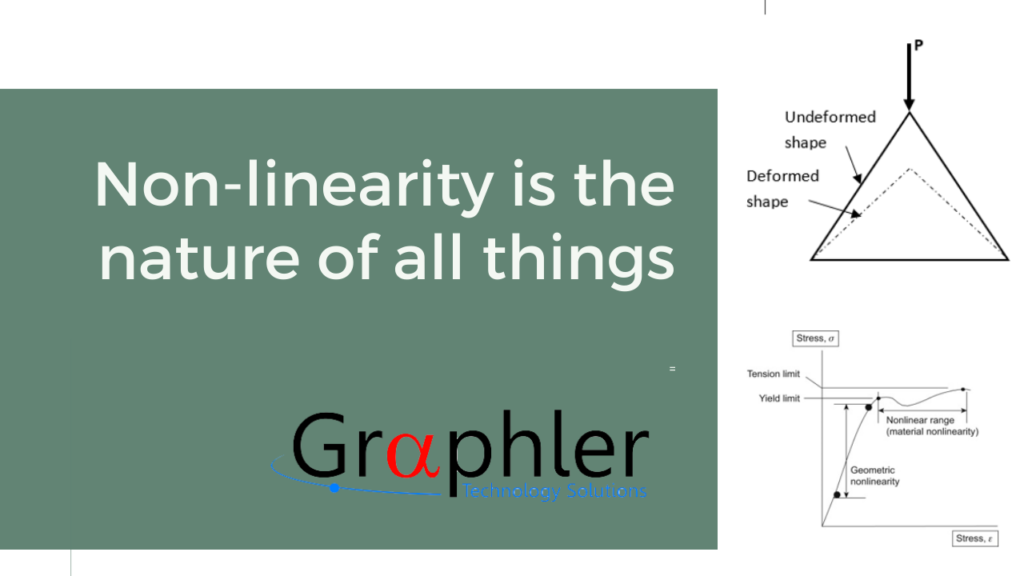Structural finite element analysis (FEA) is always nonlinear in nature because the real world is nonlinear. However, sometimes we, the structural engineers can do good approximations by approaching the problem with linear consideration of materials and obtaining good results. But however, it may yield to misinterpretation of results if significant nonlinear behaviors occur in the structure and is being ignored.
During the 70s, most FEA tools did not have nonlinear capabilities. This feature to solve non-linearity was introduced in FEA software around 1977. To obtain a solution, a nonlinear analysis requires an iterative process.
Nowadays, the software tools has very advanced capabilities to solve nonlinear physics and are based on algorithms that use automated iteration methods, with set convergence criteria. To understand and use finite element nonlinear methods, one must understand the intricate things that exist between the physical aspects of a FE problem and its mathematical formulation.
When does the system becomes Non-linear
In any structural analysis problem, a nonlinear effect can occur due to the below listed types of nonlinearity:
- Geometric nonlinearity: In a structure, if a body continuously undergoes large deformations, the stress-strain displacement relations become nonlinear in nature. Under such large deformations, the stiffness matrix of the system will change with respect to deformation of the structure, thus making the finite element problem nonlinear.

- Material nonlinearity: if a material does not follow Hooke’s law, material non-linearity shall be considered.

- Contact nonlinearity: if two boundaries or surfaces form a frictional contact and is not fused or bonded together, contact non-linear functions are intended to be used.

Why is it called a Non-Linear system?
Mathematically, a nonlinear function is a system whose behaviour is not equal to the sum of its parts. Therefore, the behaviour of any nonlinear system will never satisfy the principle of superposition. Whereas in a linear analysis, it is assumed that the response of the structure due to a load (deformation and stresses) is linearly proportional to the applied loads. However in real world conditions, the structure’s response may not be linearly proportional to the applied load in such a scenario, the structure must be analysed using nonlinear assumptions. Whereas in linear static analysis, the stiffness [K] of the analysed structure is assumed to be constant.
In real world, it is very likely that a structure will behave in a nonlinear manner, for geometrical, material, or contact reasons but obviously the stiffness of the structure is based on its geometry and material properties. In a linear Finite element analysis, these parameters are assumed to be unchanged throughout the loading cycle. Whereas in a nonlinear analysis, these changes in stress-strain are taken into account, and the stiffness matrix is updated based on the deformation of the structure, during each incremental load application.

Conclusion :
We at, Graphler Technology Solutions provide expert FEA services- Pressure Vessel Analysis Services, CAD Conversion Services, 3D to 2D Conversion Services with engineering prospects and quality. With our expertise in Structural analysis, CFD analyses , Product design and development and Product Animation Services – we offer the best solutions to build, develop and optimize the products.
Contact our experts today to know about our services.


